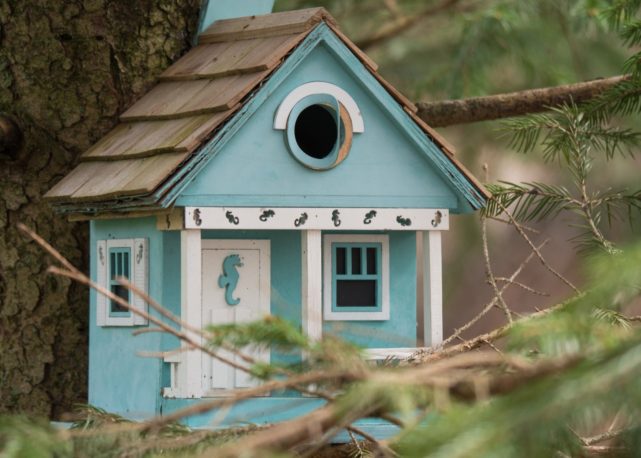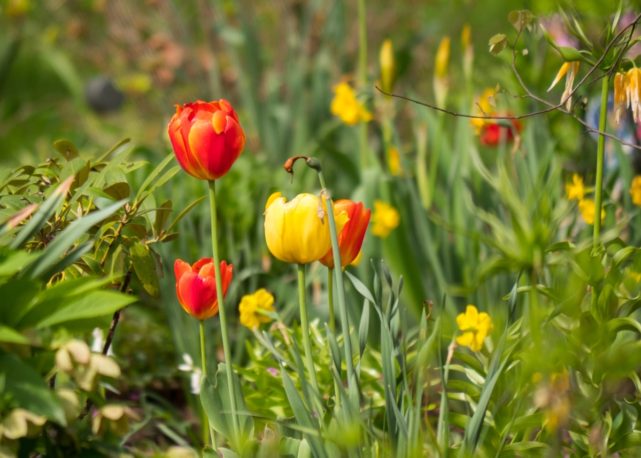Paeonia Japonica – woodland peony
Laura’s Photography
“Beauty is truth, truth beauty,—that is all
Ye know on earth, and all ye need to know.” from Ode
on a Grecian Urn by poet John Keats
Though the poet, Keats, wrote these lines about the paintings on a Grecian Urn, this GardenLady likes to think they could be said about a garden. And this spring the garden flowers have seemed especially beautiful. Or does TheGardenLady say that each and every spring when the flowers seem to take one’s breath away with their beauty?
This year, in my garden, it seems that flowers have been opening a month earlier than I remember. I always thought lilacs opened at the end of May on my sister’s birthday. This year mine gave me the most lavish display but are now already fading in the first week of May.
Other flowers that have put on a spectacular show for me this year: I have a wisteria that is trained to grow as a tree and this year it has a head full of the flowers; my dogwoods, all wild or self seeded are having an incredible show with amazingly large flowers and my bulbs seemed to outshine themselves: from the crocuses, to the hyacinths and grape hyacinths, the tulips to the Hyacinthoides (bluebells) and camassia. It is breathtaking. I feel like my garden will soon look as beautiful as the artist Monet’s garden since I have most of the same flowering plants.
And because this year, after many years of sitting supposedly still in the small clumps where I planted them, this year the flower plants have spread tremendously either by underground rhizomes like my Convallaria majalis (lily of the valley ) brought from my parents’ farm over 30 years ago or by sending out seeds like my hellebores have done – hellebores that a friend gave me about ten years ago. I have always been impressed when I visited people’s splendid gardens and they told me that certain of their beautiful flowers were “self-seeded” – they had not planted them. I never had this happen to me until recently, after years of amending my soil with top soil and mulch. Now my garden is a garden where plants want to move in. Also this year with the weather so warm, so many of my plants have multiplied. So this spring when there was a request for plants for a plant sale, I had many plants to donate. I also have many plants that I want to put in other locations on my property.
Interesting to this GardenLady is that because the property my house was built on had been a woodland property before my house was built, the first ever built on this site, the plants that seem to be happily expanding have been the woodland flowers that I planted or that planted themselves. I have a large patch of trout lilies (Erythronium americanum) that have come into my garden from their woodland location, a flower I had never seen until I moved here; I have a very large area in the shade where woodland poppies grow with their bright yellow flowers taking over after the daffodils die (Stylophorum diphyllum); Jack-in-the pulpits have come to the front of my house and are happily living under some yew bushes; woodland or snowdrop spring anemones (Anemone sylvestris) this year have had more flowers than ever before and also sent out a number of baby plants: and primulas now seem happy in my garden including primula vulgaris that has made a large clump. I do not know what it is about woodland flowers that make them among the most charming of flowering plants so that I delight in their filling my garden.
TheGardenLady wonders how your spring garden has been looking. If you take photos, could you share them with TheGardenLady readers? Send them and TheGardenLady will try to post them to show the beauty of your gardens.






